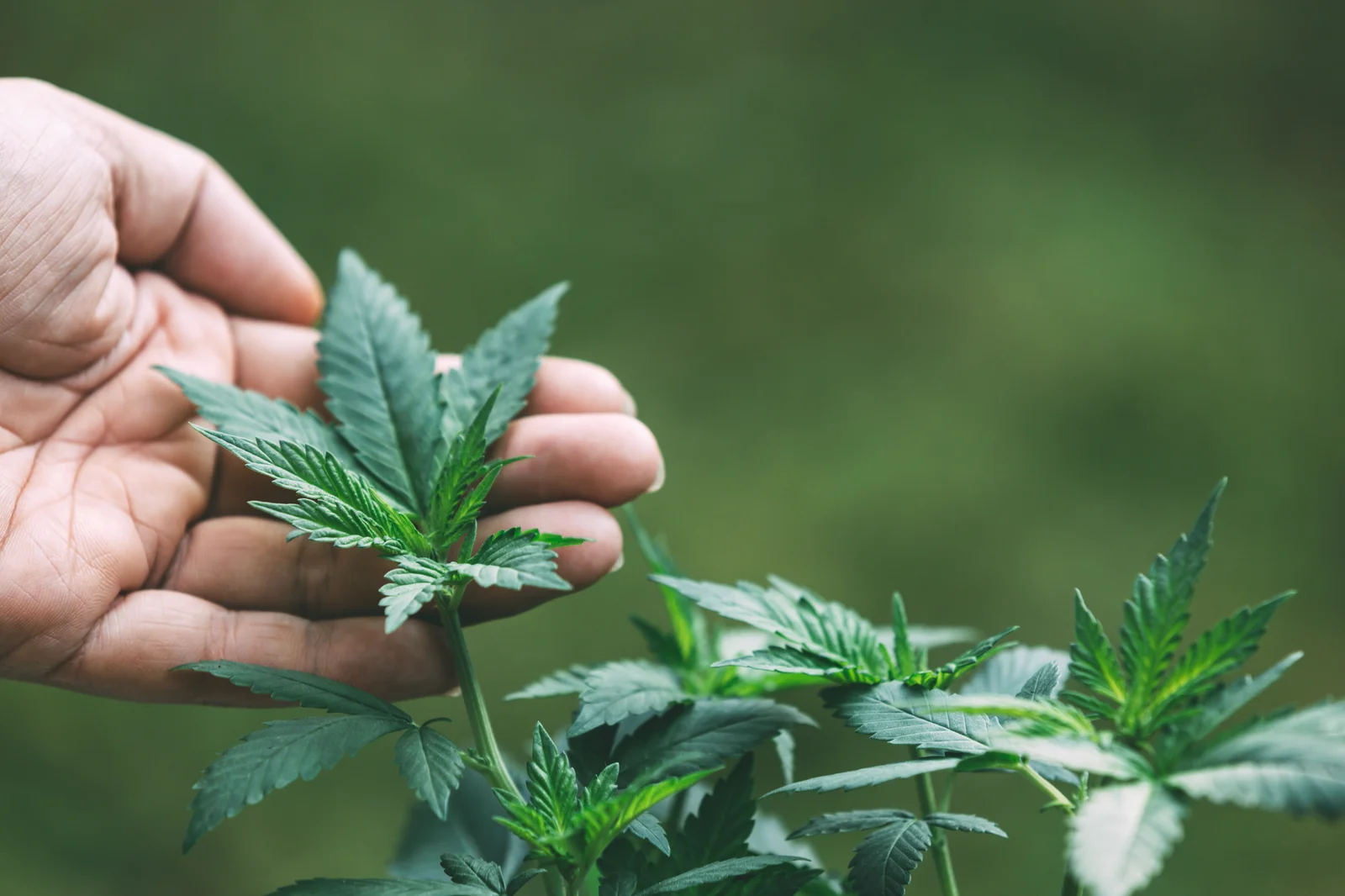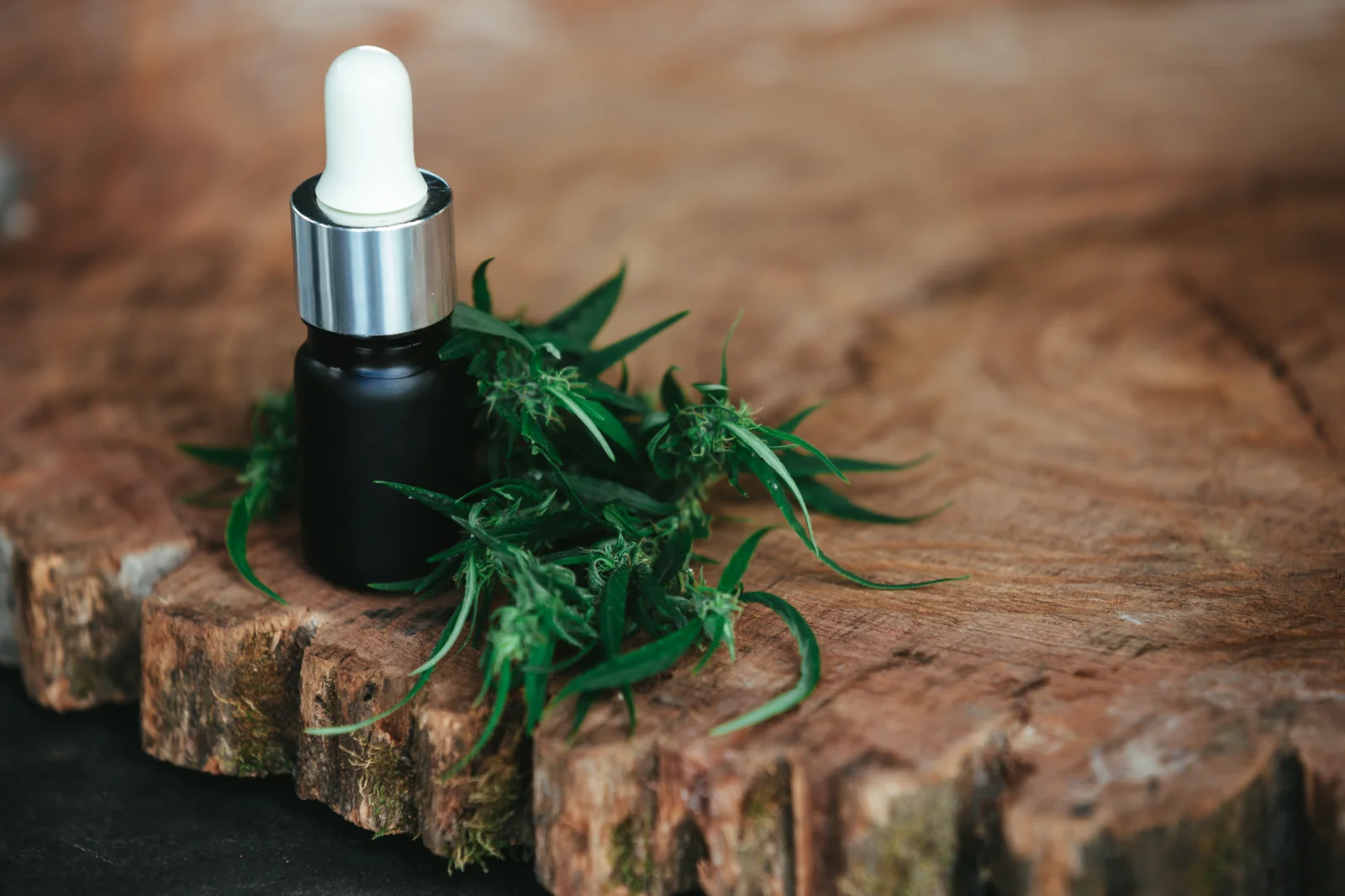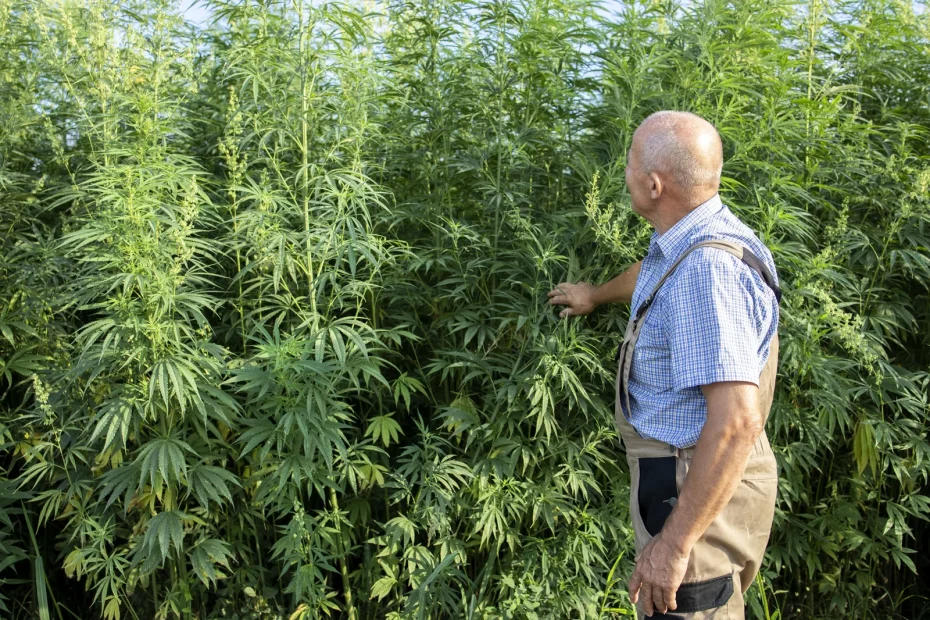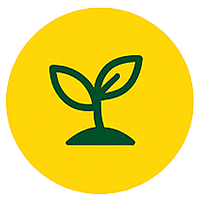Growing cannabis indoors is an art that combines knowledge, patience, and precision to achieve optimum results. One of the most common questions aspiring growers ask is, “How long does it take to grow cannabis indoors?”. The answer isn’t set in stone as several factors can affect the timeline. However, understanding the indoor cannabis growth timeline and stages can help you plan better for a successful harvest.
Understanding The Indoor Cannabis Growth Timeline
The journey from seed to harvest typically takes anywhere from 3 to 6 months, depending on various conditions and choices made by the grower. This timeline is influenced by factors like strain selection, environmental conditions, and cultivation techniques.

Below, we break down the indoor marijuana growing stages to give you a clear blueprint of what to expect.
1. Germination (1 Week)
The first step in the indoor cannabis growing process is germination. It takes roughly 3 to 7 days for seeds to sprout. During this stage, seeds require a warm and moist environment to crack open and develop roots—your first signs of life.
2. Seedling Stage (2-3 Weeks)
Once germinated, the cannabis plant enters the seedling stage, lasting about 2 to 3 weeks. During this time, the plant is delicate and requires 18 to 24 hours of light daily, proper humidity, and nutrient-rich soil for optimal growth. It’s crucial to monitor conditions closely to ensure healthy development.
3. Vegetative Stage (4-16 Weeks)
The vegetative stage is where indoor cannabis growth truly begins to flourish. This phase can last anywhere from 4 to 16 weeks, influenced by the grower’s goals and the plant’s strain. Here, the focus is on robust leaf and stem development. Longer vegetative phases typically result in bigger plants and, subsequently, greater yields. Providing ample light, nutrients, and water during this phase is key.
4. Flowering Stage (6-12 Weeks)
The flowering stage is the period where cannabis plants develop buds. Lasting between 6 to 12 weeks, this is the final and most exciting stage of the marijuana indoor growth duration. Growers usually switch the light cycle to 12 hours of light and 12 hours of darkness to initiate flowering. Strains vary significantly in flowering time, so it’s essential to research and choose strains that fit your timeline.
5. Harvest and Curing (2-4 Weeks)
After flowering, the time for indoor cannabis harvest arrives. Recognizing when your plants are ready is crucial, as harvesting too early or late can affect potency and flavor. Following harvest, curing the buds for 2 to 4 weeks enhances their quality, smoothing out flavors and effects.
Frequently Asked Questions
How can I reduce the time to grow cannabis indoors?
By selecting faster-growing strains, optimizing growing conditions, and using advanced techniques like hydroponics, you can potentially shorten the cannabis growth timeline.
What are the signs that my cannabis is ready for harvest?
Check the color of the pistils and the trichomes under magnification. Milky or amber trichomes often signal that it’s harvest time.
Can I accelerate the germination phase?
Presoaking seeds or using techniques like the paper towel method can sometimes speed up germination, but patience is often key during this sensitive stage.

FAQ: Indoor Cannabis Cultivation Duration
Does indoor cultivation of cannabis affect how long it takes to grow?
Yes, indoor cultivation gives growers greater control over environmental conditions, which can significantly influence the growth timeline. Unlike outdoor cultivation, which depends on natural light cycles and climate, indoor growing defies seasonal changes by enabling optimal light, temperature, humidity, and nutrient delivery. This control allows for a potentially faster and more reliable growth period, as well as the possibility of multiple harvests throughout the year. Indoor growers can also carefully manipulate the vegetative and flowering periods to match their targets, facilitating a more precise cultivation schedule.
What factors can impact the growth rate of cannabis indoors?
Several factors can impact the growth rate of cannabis indoors:
- Lighting: Adequate and proper lighting is crucial. The type (LED, HPS, CFL), intensity, and duration of light exposure dramatically influence growth stages. More light generally equates to faster growth and larger yields.
- Temperature and Humidity: Cannabis thrives in temperatures between 70-85°F (20-30°C) during the day, with slightly cooler nights. Humidity levels should also be monitored and varied at different stages: Higher during seedling and vegetative stages, and lower during flowering to prevent mold.
- Nutrients and pH: Proper nutrient levels and maintaining pH balance (between 6.0 and 7.0 for soil grows, 5.5 to 6.5 for hydroponics) are vital for optimal plant health and faster growth.
- Airflow and CO2 Levels: Good airflow helps strengthen plants, reduces pest and mold risks, and boosts photosynthesis. Elevated CO2 levels can further enhance growth and yield if other conditions are optimal.
- Genetics: Different strains have varying growth rates and requirements. Indica strains often mature faster than sativa strains, impacting the overall growth timeline.
- Training and Pruning: Techniques such as topping, scrogging, and low-stress training (LST) can help manage plant size and shape, potentially influencing the duration of growth stages and improving yield.
Can the growth process of cannabis be expedited when grown indoors?
Yes, the indoor growth process can be expedited, but it requires careful consideration:
- Optimizing Environmental Conditions: By ensuring optimal lighting, temperature, nutrient levels, and CO2 supply, you can maximize plant energy use and accelerate growth.
- Shortening Vegetative Stage: Growers can reduce the vegetative stage by transitioning to the flowering stage sooner. This is typically done by adjusting light schedules to induce flowering earlier, but it may result in smaller plants and potentially reduced yields.
- Autoflowering Strains: These strains automatically shift from vegetative to flowering after a set period, independent of light cycles. Autoflowering plants generally have a quicker overall growth cycle, often ready for harvest in around 8 to 12 weeks.
- Hydroponics and Aeroponics: These soil-less growing methods can hasten nutrient uptake and accelerate growth rates due to their efficiency in delivering nutrients and oxygen to the roots.
While it is possible to speed up the process, it’s important to balance haste with healthy plant development to ensure quality and yield. Overly rushing the growth process can lead to stress and compromise plant health and bud quality.
Conclusion
In summary, the question “how long does it take to grow cannabis indoors?” is answered by understanding the various growth stages, from germination to curing. While the average indoor cannabis growth cycle lasts 3 to 6 months, factors like strain selection, growing techniques, and environmental conditions can influence this timeline. Whether you’re in it for efficiency or pursuing the art of cultivation, patience and attention to detail at each stage will yield rewarding results. Happy growing!
Streamline Cannabis CultivationAbout GrowerIQ
GrowerIQ is changing the way producers use software - transforming a regulatory requirement into a robust platform to learn, analyze, and improve performance.
To find out more about GrowerIQ and how we can help, fill out the form to the right, start a chat, or contact us.


